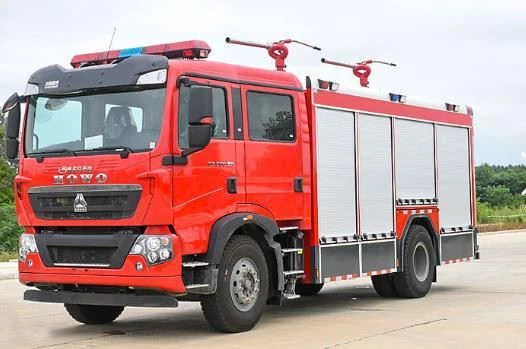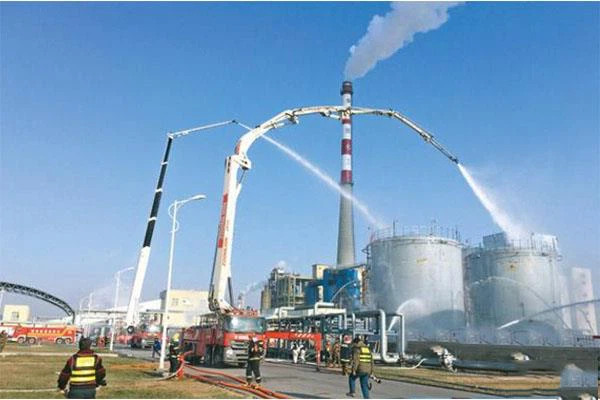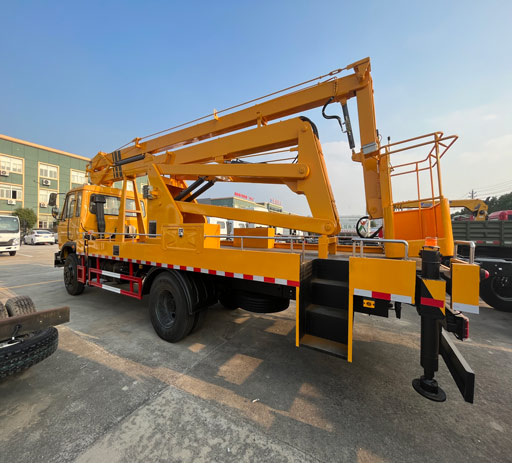Understanding Garbage Truck Dumpsters: A Comprehensive Guide

Managing waste is a crucial aspect of modern living, and garbage truck dumpsters play a pivotal role in this process. This article will provide an in-depth look at garbage truck dumpsters, their functionality, types, and tips on how to efficiently manage waste using these essential tools. From understanding their design to exploring best practices for use, this guide covers everything you need to know about garbage truck dumpsters.
Table of Contents
- What is a Garbage Truck Dumpster?
- Types of Garbage Truck Dumpsters
- How Do Garbage Truck Dumpsters Work?
- Benefits of Using Garbage Truck Dumpsters
- Choosing the Right Dumpster for Your Needs
- Waste Disposal Tips with Garbage Truck Dumpsters
- Frequently Asked Questions
What is a Garbage Truck Dumpster?
A garbage truck dumpster is a large container used to collect waste, designed for easy pickup by garbage trucks. These dumpsters come in various sizes and are commonly found in residential, commercial, and industrial settings. The primary function of a garbage truck dumpster is to provide a convenient and efficient way to manage waste until it can be collected and disposed of properly.
Design and Features
Garbage truck dumpsters typically feature:
- Durable Material: Constructed from steel or heavy-duty plastic to withstand harsh conditions.
- Various Sizes: Available in sizes ranging from 2 cubic yards for small businesses to 40 cubic yards for construction sites.
- Accessibility: Equipped with ramps or doors for easy access and loading.
- Markings: Often marked to indicate proper use and limitations.
Types of Garbage Truck Dumpsters
There are several types of garbage truck dumpsters designed to meet a variety of waste management needs. Understanding each type will help you choose the right dumpster for your specific requirements.
1. Front Load Dumpsters
Commonly used in commercial areas, front load dumpsters are easily accessible by garbage trucks that lift the front end of the dumpster. These containers are typically used for regular waste collection.
2. Roll-Off Dumpsters
Roll-off dumpsters are large, open-top containers that are delivered to the site and picked up when full. They are commonly used for construction projects, home renovations, and large cleanouts.
3. Side Load Dumpsters
Designed for residential use, side load dumpsters have doors that swing open on the side, making it easy to load waste. These dumpsters are often used for everyday household garbage collection.
4. Compactor Dumpsters
Compactor dumpsters compress waste, allowing for more storage capacity. These are ideal for businesses that generate a large amount of waste and require frequent pickups.
How Do Garbage Truck Dumpsters Work?

The operational mechanism of garbage truck dumpsters involves a straightforward process that includes the following steps:
1. Placement
The dumpster is placed in a convenient location for disposal by a waste management service. This can be at a residence, construction site, or business location.

2. Waste Filling
Users can fill the dumpster with waste. It’s important to follow the weight restrictions and avoid overfilling to ensure safe pickup.
3. Collection
Once full, a garbage truck arrives to pick up the dumpster. For front load and side load dumpsters, the truck lifts and empties the container. For roll-off dumpsters, the truck rolls up and hoists the unit onto a flatbed.
Benefits of Using Garbage Truck Dumpsters
Utilizing garbage truck dumpsters offers numerous advantages:
1. Convenience
Having a designated dumpster makes waste disposal easy and reduces clutter around your property.
2. Efficiency
With regular pickups, you can efficiently manage large volumes of waste without dealing with multiple trips to the landfill.
3. Environmental Responsibility
Many waste management companies prioritize recycling and responsible disposal, minimizing environmental impact.
4. Versatility
Garbage truck dumpsters can be used for a variety of waste types, including household waste, construction debris, and commercial refuse.
Choosing the Right Dumpster for Your Needs
Selecting the appropriate garbage truck dumpster is essential for effective waste management. Consider the following factors:
1. Type of Waste
Determine the kind of waste you’ll be disposing of (e.g., general waste, recyclable materials, hazardous waste) to choose the right type of dumpster.
2. Size
Assess the volume of waste you expect to generate and select a dumpster size that accommodates this amount without exceeding weight limits.
3. Rental Period
Consider how long you’ll need the dumpster. Rental periods vary, and some companies offer flexible term lengths.
4. Location
Ensure there is adequate space for a dumpster in your chosen location, and check for any local regulations regarding placement.
5. Budget
Compare pricing options from various waste management companies to find a dumpster that fits your budget without compromising on features or service quality.
Waste Disposal Tips with Garbage Truck Dumpsters
Maximize the efficiency of your waste disposal with these practical tips:
1. Sort Your Waste
Separate recyclables, organic waste, and general refuse before disposal. This helps in effective waste management and recycling efforts.
2. Load Strategically

Place larger items in the dumpster first, then fill the remaining space with smaller items. This maximizes space usage and prevents overfilling.
3. Avoid Hazardous Materials
Never place hazardous materials, such as batteries, chemicals, or medical waste in regular dumpsters, as this poses safety risks.
4. Avoid Overfilling
Keep waste below the top edge of the dumpster to ensure safe transport and compliance with local regulations.
Frequently Asked Questions
1. How much does it cost to rent a garbage truck dumpster?
The cost of renting a dumpster varies based on size, rental duration, and your location. Prices typically range from $199 to $800.
2. What size dumpster do I need for a home renovation?
An average home renovation project typically requires a 10 to 20 cubic yard dumpster, depending on the scale of the project.
3. Can I put appliances in a dumpster?
Most standard dumpsters do not allow appliances due to regulations. Check with your waste management service for specific guidelines.
4. How often are dumpsters collected?
Collection frequency can vary. Regular residential pickups might occur weekly, while commercial services may be more frequent.
5. What happens to the waste after it is collected?
After collection, waste is transported to a landfill, recycling center, or waste-to-energy facility, depending on local waste management practices.
6. Do I need a permit to place a dumpster on the street?
Many municipalities require a permit for street placement of dumpsters. Check your local regulations for details and requirements.
